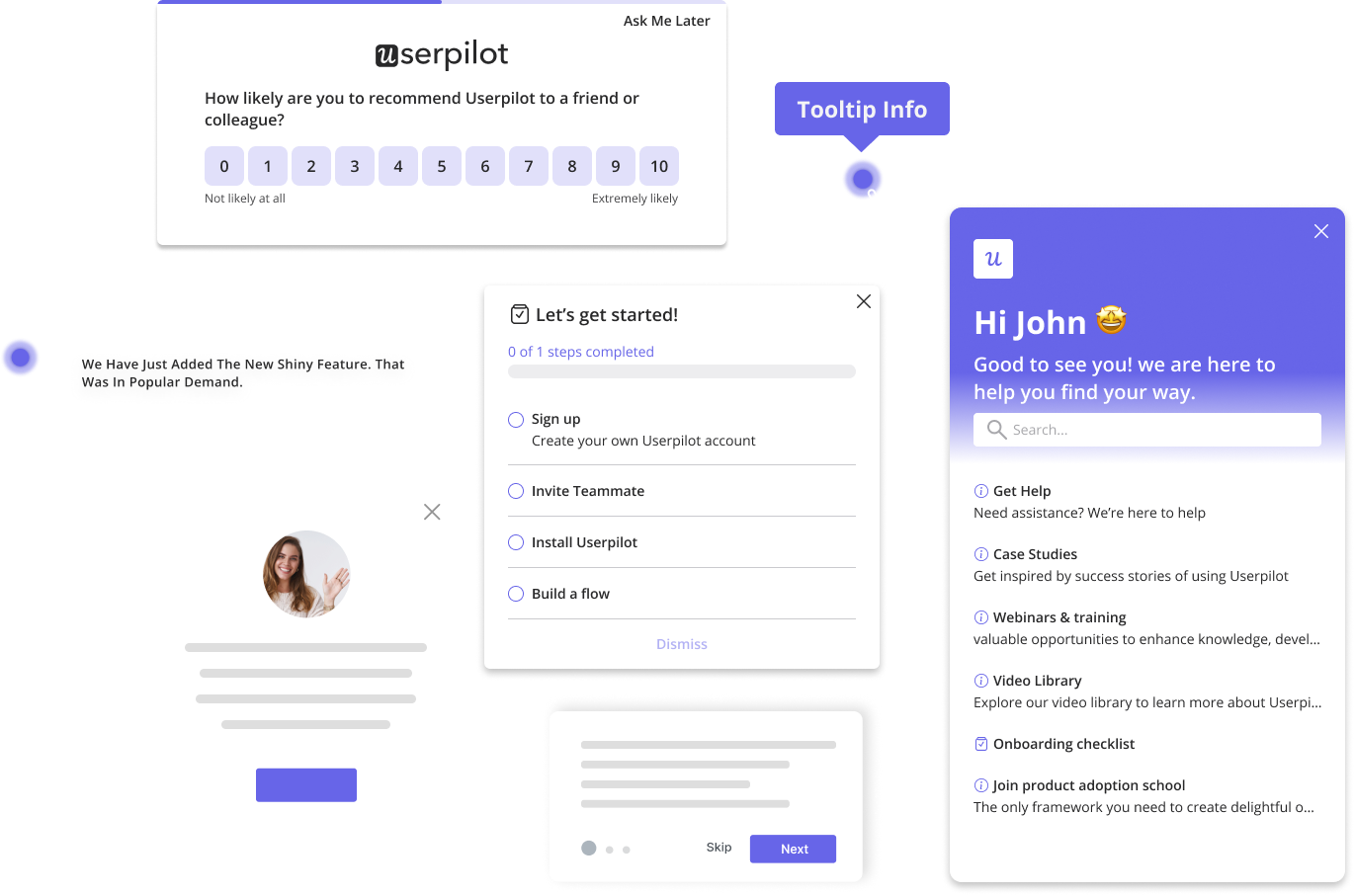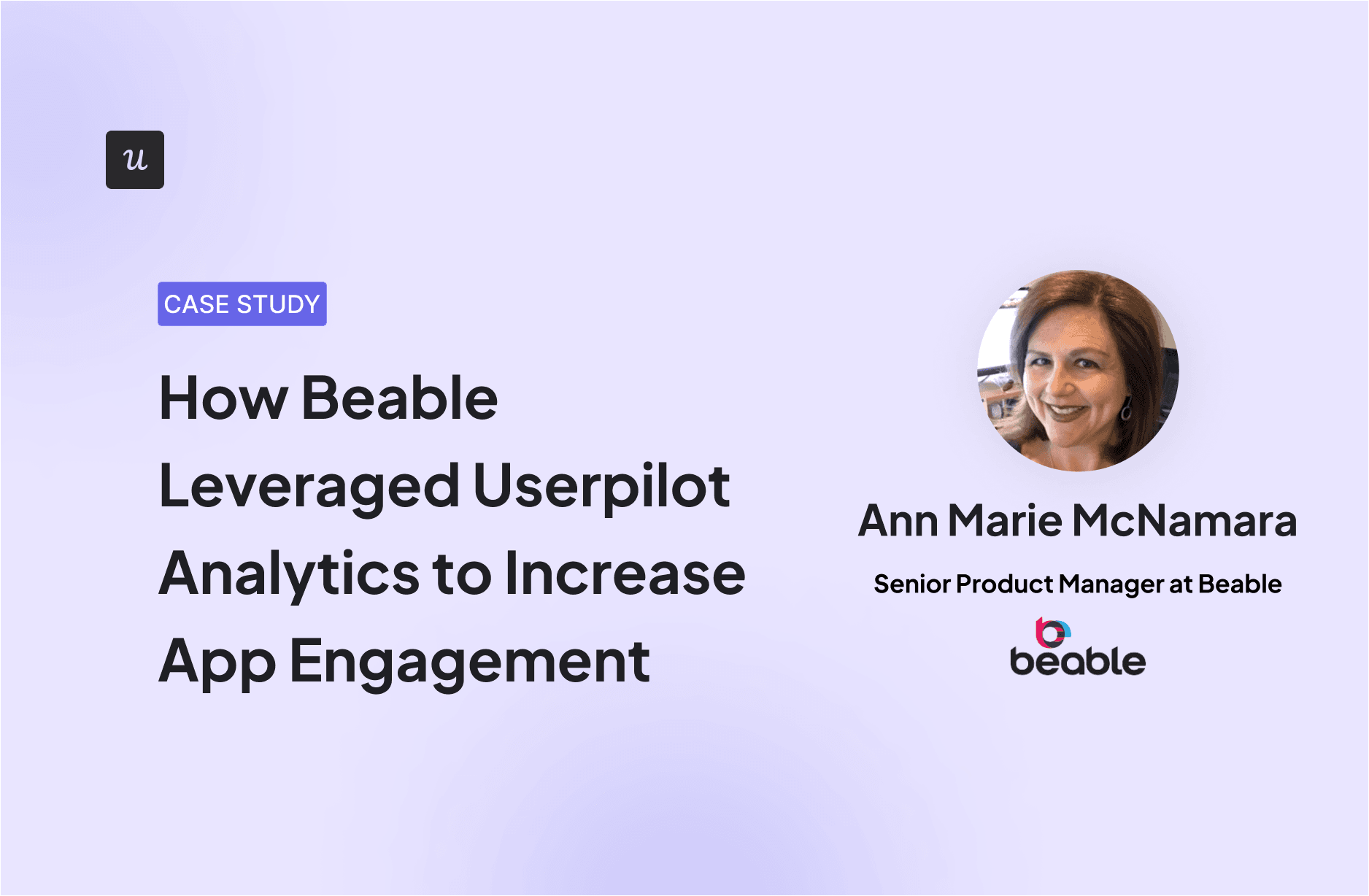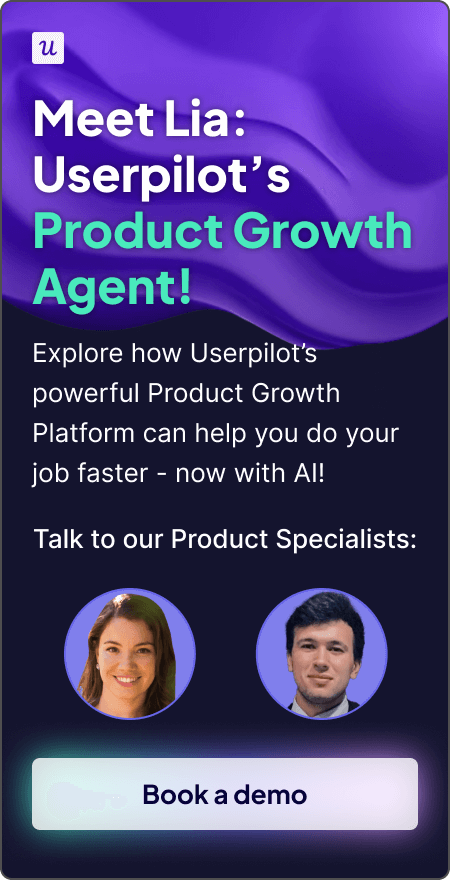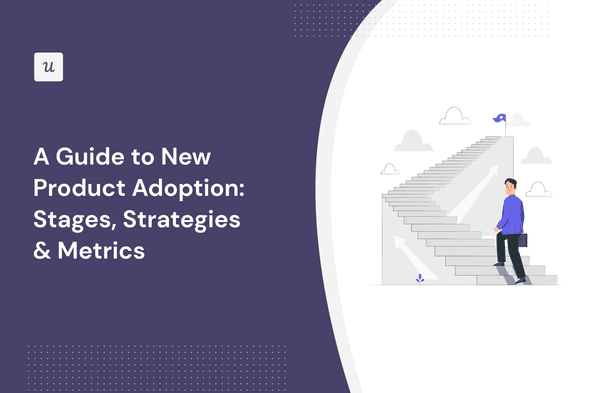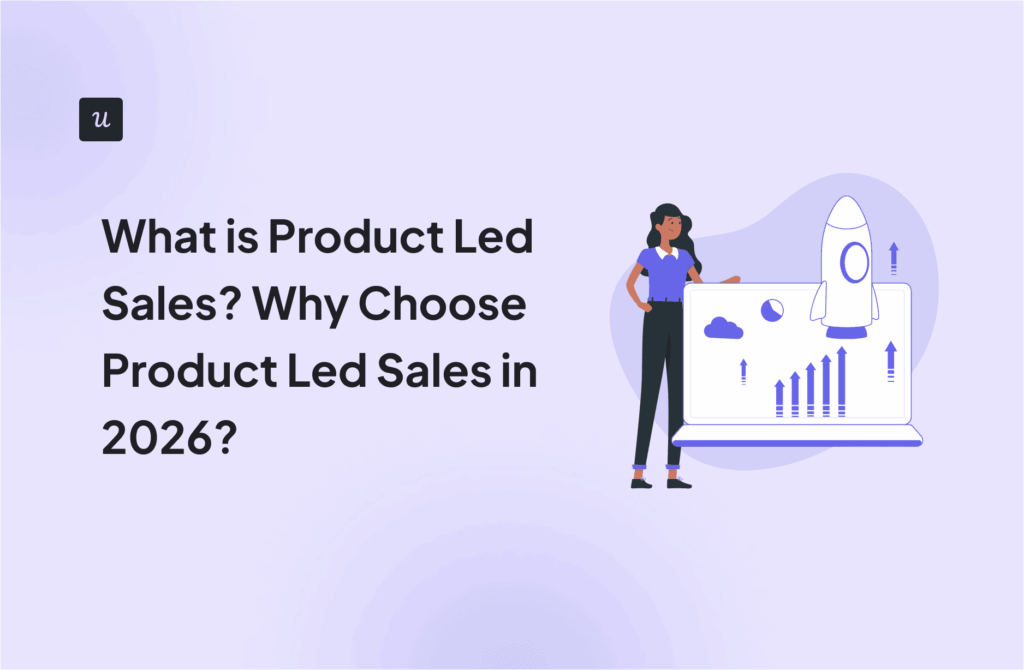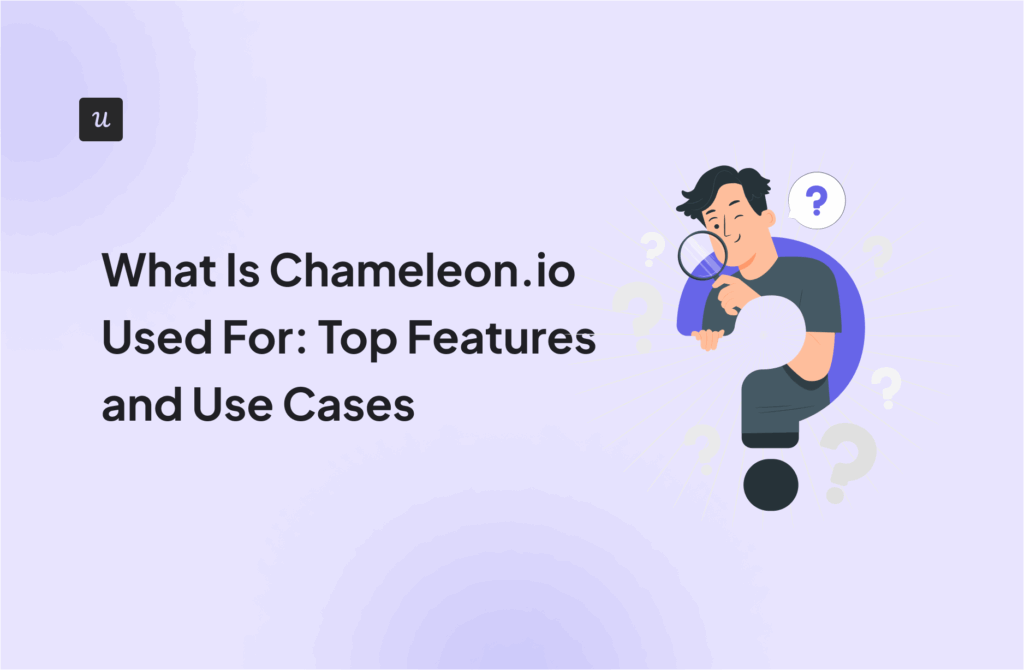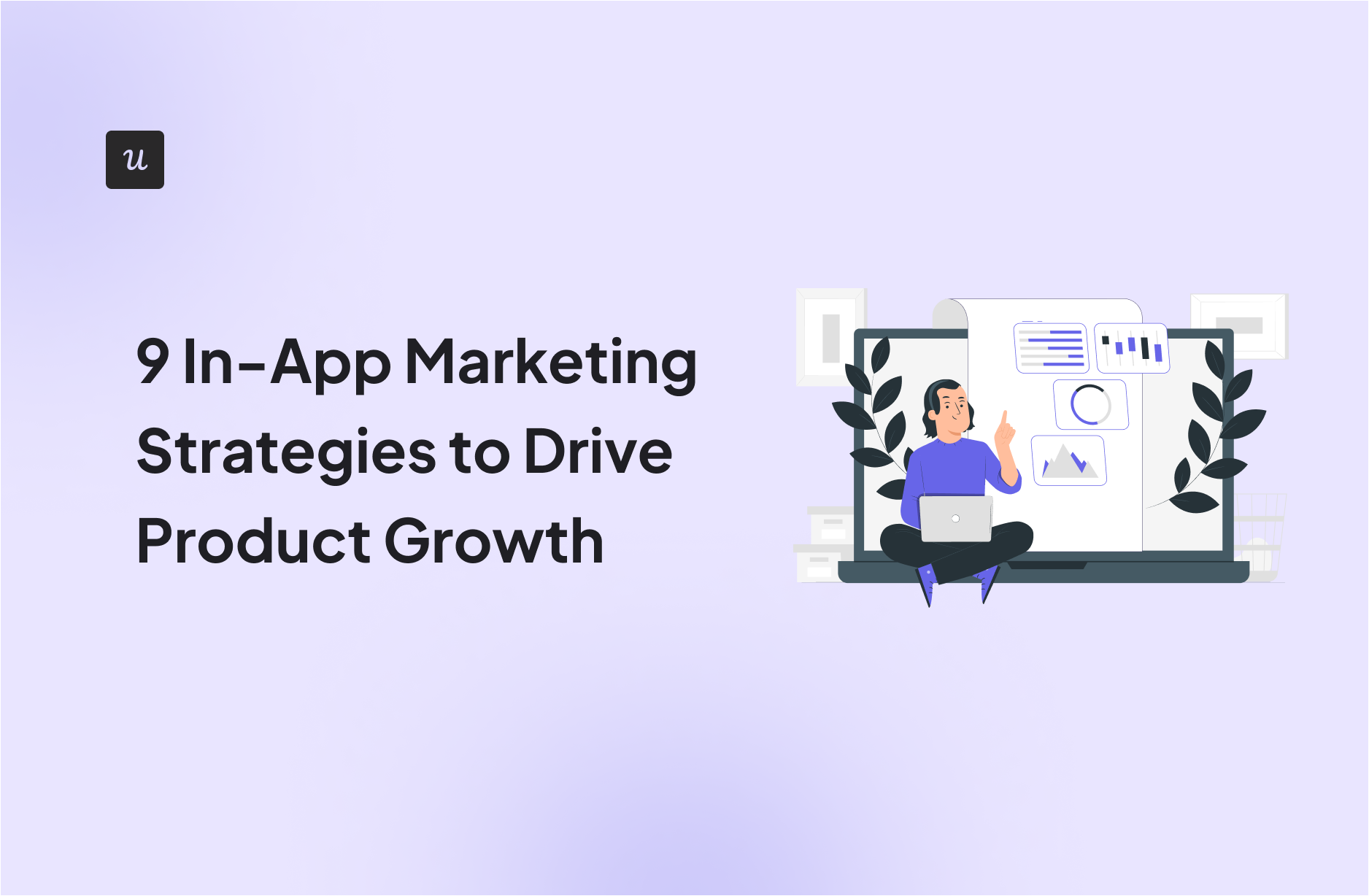
No user wants to have to dig into your knowledge base before they get a feel for how your app works. In-app marketing strategies solve that problem and more. It lets you drive:
- Activation: Shorten the time to value by guiding new users with interactive walkthroughs and product tours.
- Adoption: Reinforce your product’s value through feature banners, micro‑lessons, and in-app surveys, thereby improving user stickiness and reducing churn.
- Expansion: Trigger upgrade or cross‑sell offers when users realize they need more capacity or premium features.
The result? You improve product engagement.
That said, below are go-to in-app marketing strategies I use to drive product growth.
Find the Perfect In-App Marketing Strategy
Try Userpilot Now
See Why 1,000+ Teams Choose Userpilot
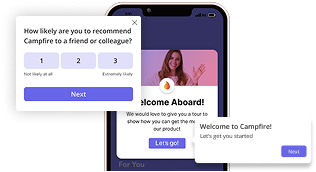
1. Personalize onboarding flows
This strategy involves tailoring users’ onboarding experiences to their specific personas, roles, or use cases, rather than a one-size-fits-all approach.
We collect such data via a welcome survey or signup questions. Then, we adjust checklists, tooltips, or walkthroughs accordingly.
One of my favorite examples of brands that perform personalization so well is HubSpot.
When new users sign up for HubSpot’s CRM, they answer a short onboarding survey. Using those responses, HubSpot configures the user’s dashboard and guides to fit their needs.

This means a sales manager might see tips on deal pipelines, while a marketer might see lead forms.
Another great example is Cledara (a SaaS subscription management platform) that moved from a generic high-touch email onboarding to segmented, behavior-driven onboarding with Userpilot. With this approach, Cledara saw a significant increase in customer engagement within a week.
What can be personalized?
- Onboarding flows: Tailor the initial user experience based on role, goals, or experience level to guide new users through the most relevant features first.
- In-app checklists: Create focused task lists relevant to specific use cases to keep users engaged with relevant next steps and lead them to user activation.
- Resource center: Customize help content, tutorials, and documentation to show the most relevant information based on JTBDs.
- Email sequences: Send targeted messages triggered by specific user actions, milestones, or inactivity patterns.
- Push notifications: Deliver timely, contextual alerts based on user preferences, behavior patterns, and optimal engagement times.
2. Use gamification elements to encourage deeper product usage
Gamifying routine actions (such as completing checklists) adds a sense of accomplishment.
Let’s look at Groupize that created a gamified onboarding assistant named “G.G.” that acts like a friendly guide. G.G. introduces herself playfully to new users and walks them through tasks via interactive product tours and checklists, almost like quests.
For example, G.G. pops up with encouragement and tips as users complete steps.
With Userpilot, Groupize brought G.G. to life by building out content and flows easily. This included guided onboarding tours and step-by-step checklists. Groupize also used a resource center to enable users to request G.G.’s assistance and access help faster.
One of my favourite examples that always comes up when we talk about gamification is Duolingo.
The language app uses XP points, skill levels, daily streaks, leaderboards, and fun animations (the Duo owl) to keep learners coming back. As a result, Duolingo boasts a 55% next-day retention rate, up from only 13% in its early days.

Even in B2B, elements like Asana’s celebratory unicorn animations after completing tasks make work feel rewarding and encourage you to use the product more.
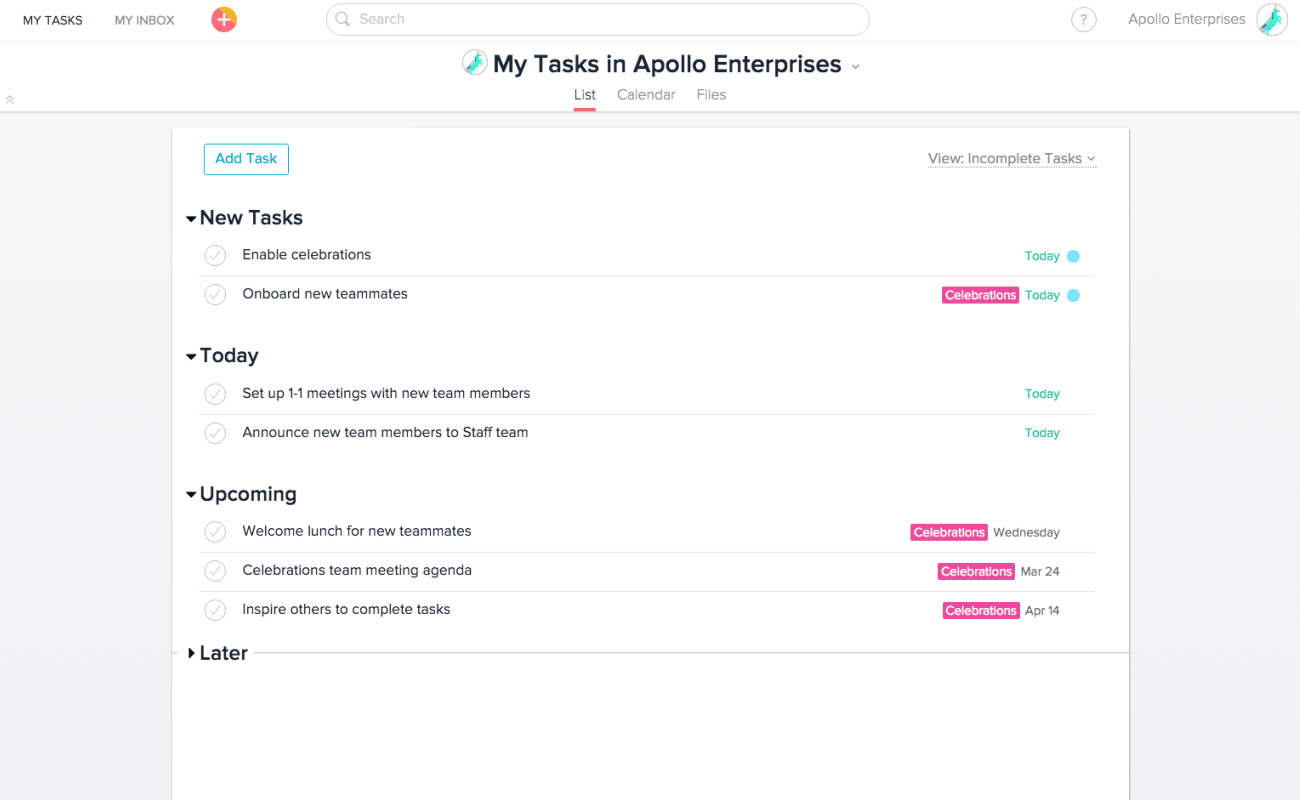
3. Use progressive disclosure for complex products
For complex SaaS products, dumping all capabilities on day one can confuse and discourage users. I encourage progressive disclosure to simplify the initial customer experience because it reduces cognitive load and the learning curve.
With this “learn as you go” approach, show the essentials first, then unlock advanced options once users meet the prerequisites. For example, don’t expose advanced segmentation until the user has finished setting up basic event tracking.
Slack does an excellent job of hiding a lot of its options behind a simple “?” help menu. Then, it gradually introduces tools (Slack even lets advanced users skip steps entirely). It’s also evident in its user-friendly onboarding process.
Loom also uses this strategy with its hidden advanced menu. When you finish recording a video and go to edit, Loom initially shows a simple toolbar with just a few core options (trim video, add title, etc.). It hides more advanced editing settings behind an expandable menu or widget.
4. Create an in-app resource center to educate users
A well-designed help center makes self-service easy, which means fewer users give up when stuck. It also lightens the support load: users find answers in-app, so support tickets decrease.
Look at Beable, an e-learning platform.
They built an in-app resource center segmented by relevant use cases. So, when a teacher clicks “Help” in the app, they see guides specific to teaching workflows; a student sees simpler guides for using the app, and so on.
Beable used Userpilot to implement this approach and track usage. They gained valuable insights that revealed which segment clicked on which resources, enabling them to optimize their content.

The impact was huge. By combining funnel analysis with resource center analytics, Beable identified which tutorials each group found useful. In addition, it used in-app surveys to increase content engagement by 77%.
Asana also implements this strategy. Their slide-out panel features written guides, embedded videos, and academy courses, all without requiring you to visit YouTube. So, you can learn and complete tasks simultaneously.

5. Trigger behavior-based experiences
Relevance and timing are everything in user communication. Behavior-triggered experiences feel personal because they directly address the user’s situation. This personalization can dramatically increase engagement compared to generic pop-ups.
For instance, displaying a tooltip tutorial for the analytics dashboard exactly when the user navigates to it yields a significantly higher click-through rate than an out-of-context tutorial. Conversely, if a user hasn’t touched a crucial feature, a well-timed slideout can catch their attention and re-engage them before they slip away.
Loom excels in this area with its in-app upsell prompt. When a user reaches a freemium limit, they get an in-app message that notifies them of an upgrade opportunity.

6. Combine in-app with email for omnichannel experience
In-app marketing strategies go beyond one channel. After all, no single channel reaches 100% of users 100% of the time. In-app messages only reach in-app users; emails can reach inactive users, but inboxes are crowded. By combining them, we can increase the likelihood that users will see our messages.
In particular, using both channels reinforces key steps during the onboarding process.

Ensure your emails align with your onboarding flows and customer lifecycle strategy. Don’t repeat the same thing across channels. Instead, expand and complement content so that you add value through other channels.
Other tips I recommend are:
- Use behavioral emails to target users based on activity. For example, active users receive next-step or discount emails, while inactive users receive reminder emails.
- Measure open or click rate for email. CTR or goal completion for in-app. Spot gaps and resolve them.
7. Identify power users and send expansion prompts
Power users are far more likely to convert on upsells because they already see value in your product. A contextually timed prompt makes the upgrade feel natural, as users think along the lines of “I do need this extra capacity now,” rather than a generic sales pitch.
Identifying the right segment (e.g., users who hit 90% of their quota or gave an NPS of 10) ensures we focus on expanding where we’re most likely to succeed.
Here’s how I spot power users:
- Product usage: Track the depth and frequency of key features used. Anyone who repeatedly hits limits or uses advanced features should be ready for more value.
- High NPS: Conduct an in-app NPS survey and look for scores of 9–10, indicating promoters. Target them for expansion or referral prompts because they’re likely to be your brand advocates.

Trigger your upsell when a user experiences a friction point or milestone. Like when they reach their plan’s quota.
For example, Slack’s free plan limits message history and the number of integrations. They target power users by prompting them on how to expand their usage.

Pro tip: Your upsell messages should be warm, such as “you might love our advanced analytics features,” rather than a generic thank-you after the survey. Our users find it more welcoming.
Userpilot enables you to set triggers for tooltips that prompt users to upgrade.

8. Send lifecycle-triggered push notifications
Push notifications are great for engaging users. When you personalize and time them around the customer lifecycle, they feel helpful rather than spammy.
Let’s say our user was on our app’s landing page, but left before placing an order. We can send a push notification 30 minutes later saying, “Your cart is waiting – complete your purchase and get 10% off!”
With Userpilot, you can create such triggers for mobile apps. This way, users receive push notifications when they abandon a core action.

Beyond reminders for when a user misses a step, you can use push notifications to drive daily engagement proactively. For example, Headspace prompts users to return to their app for their daily session.

9. Drive word-of-mouth marketing with in-app messages
People are more likely to use it when they see others trust it. The goal of this in-app marketing strategy is to encourage your existing users to promote your brand.
Satisfied users often won’t think to promote your product on their own, but a simple prompt can nudge them to do so.
Remember the promoters we send expansion prompts to? These loyal users are more likely to provide quality customer reviews because they genuinely love your product.
You can use Userpilot to create a modal that prompts them to leave G2 or Capterra reviews and testimonials.

We can also motivate users to refer to our app. An in-app prompt like Evernote’s incentivizes users to invite others and earn points.

Conclusion
We’ve explored in-app marketing strategies that enhance product growth. Now, it’s time to use them.
With Userpilot, you can implement these strategies without a single line of code.
Book a demo to see how easily you can build, target, and automate these tactics in your product.
FAQ
What is the best marketing strategy for an app?
There’s no one best strategy. The most effective app marketing strategy combines ASO to boost organic visibility, targeted paid user acquisition campaigns on platforms such as social media and search, and retention-focused in-app engagement strategies (such as personalized messages, gamification, and push notifications) to keep users engaged.
What are the 4 marketing strategies?
The four classic growth strategies are:
- Market penetration: Increase share in your existing market.
- Market development: Enter new markets with your existing product.
- Product development: Launch new products in your current market.
- Diversification: Introduce new products into new markets.
What are the four Marketing Ps for an app?
For an app, the four Ps mean:
- Product: Your app’s features, design, and user experience.
- Price: Your monetization model (free, freemium, subscription tiers).
- Place: Distribution channels (App Store, Google Play, alternative stores).
- Promotion: How you attract and convert users (ASO, paid ads, social media, in‑app campaigns).
What is in-app marketing?
In-app marketing is messaging and campaigns delivered directly to users while they’re actively using an app. It uses personalized content like push notifications, banners, and pop-ups to engage users, boost retention, and drive conversions. Unlike external marketing, it reaches users when they’re most engaged, making it highly effective for increasing user lifetime value and reducing churn.






